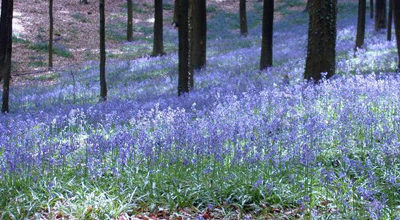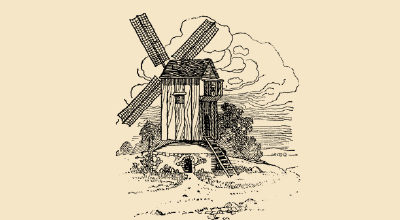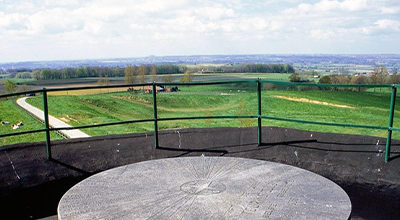THE HIGHEST HILL OF THE FLEMISH ARDENNES
There it is, on the border of Ronse and Zulzeke: the Hotondberg or Hoogberg. The Hotondberg or Hoogberg is a hill of witness, situated in the Flemish Ardennes, in the south of the Belgian province of East Flanders. With its 145 meters, it is the highest hill in the Flemish Ardennes and therefore also in the province. And, there are still a lot of famous slopes to climb in the area. To the west of the Hotondberg lies the Kluisberg; to the east the Kruisberg.
THE LONGEST CLIMB IN FLANDERS
The Hotond is the longest climb in Flanders. You can approach it from various sides, but the most famous climb of the Hotond is, of course, coming from the north. Do not worry about the first two kilometres, which only rise slightly. In Zulzeke, follow the Zulzekestraat in the direction of the Hotond; you must travel diagonally to the left and then you are in the Hoogbergstraat. Then it starts; are you ready?
It ascends considerably in two parts. The most strenuous 500 meters arrive when you approach the houses near the woods. The average Increase is 7%. After that, the road seems as good as flat again; you now ride to the final part of the climb. Turn right onto the provincial road and you will still have a climb of 5% on average ahead of you in the last kilometre. Admit it, you cannot but stop at the Hotond Café.
PURPLE-BLUE
If you ride to the top of the Hotond, you might end up with a purple-blue complexion from all that pushing on the pedals. But you can see the real purple-blue in the spring. Then the wild hyacinth blooms and the woods colour spectacularly purple-blue. Also worth seeing: lily-of-the-valley, buckler-fern and wild honeysuckle.
Do you prefer to remain in the valleys? Keep your eyes peeled for the golden-ringed dragonfly, the fire salamander, the blind worm – also known as the slow worm – and the silver-washed fritillary butterfly.
108 CHURCH TOWERS
Take your binoculars with you. You can see 108 church towers from the top of the Hotond when it is clear weather.
SINCE 1684
There has been a mill on the Hotond as early as 1684. ‘Sijne Hoogheyt den Prince of Nassau en Siegen, Baron in Ronse’ was the owner in 1729. Alexis Gosse, bailiff of the municipalities Kwaremont, Zulzeke and Ruuien, was responsible for the rental of the mill. It was a post mill, originally. It was replaced by a stone ground sail mill around 1780, set up as a grain and oil mill.
SEVERE LIGHTNING
Have you seen the lightning in the Hotond logo? This is due to the night of Friday July 16 to Saturday, July 17, 1858. Back then, a storm broke out in southern East Flanders like never seen before. A couple of mills were severely damaged. Two donkeys were “struck dead by the heavenly fire” at the ‘Mill te Spyte’ in Sint-Blasius-Boekel. There was damage of 1800 Francs to the Hotond Mill. But that was not all. Lightning struck the Hotond Mill on 26 April 1910. Mulder Cyriel Vanderhaeghen was at work and could only escape by means of a ‘zeel’ (thick rope), because the stairs were already on fire. Interesting to know: there is a ‘Severe Lightning’ on the menu in the Hotond Café.
ORIENTATION TABLE
The Hotond Mill was dismantled in 1945, at the end of the Second World War. That is to say: no more grain could be ground. The mill with the white rump became an observation tower, with an orientation table on the flat roof since 1957. Make sure to look, because the panorama is unforgettable.






